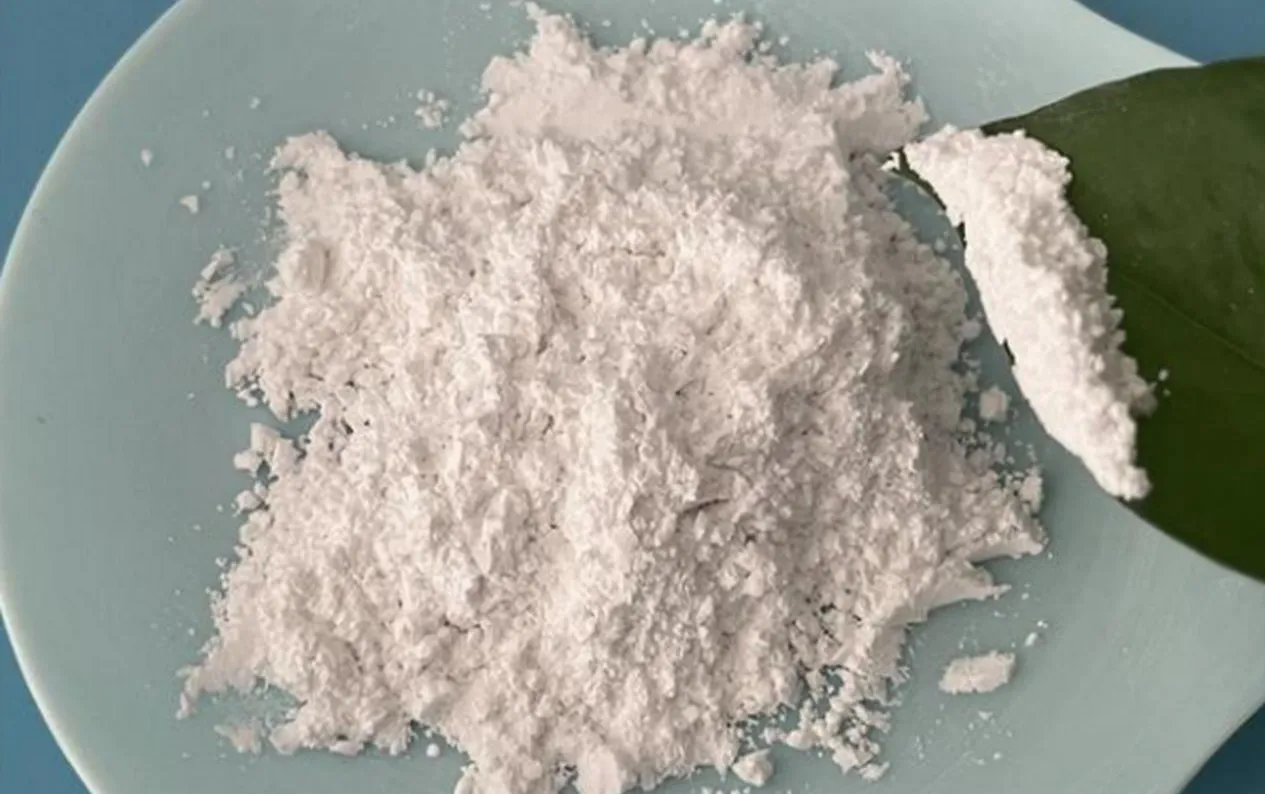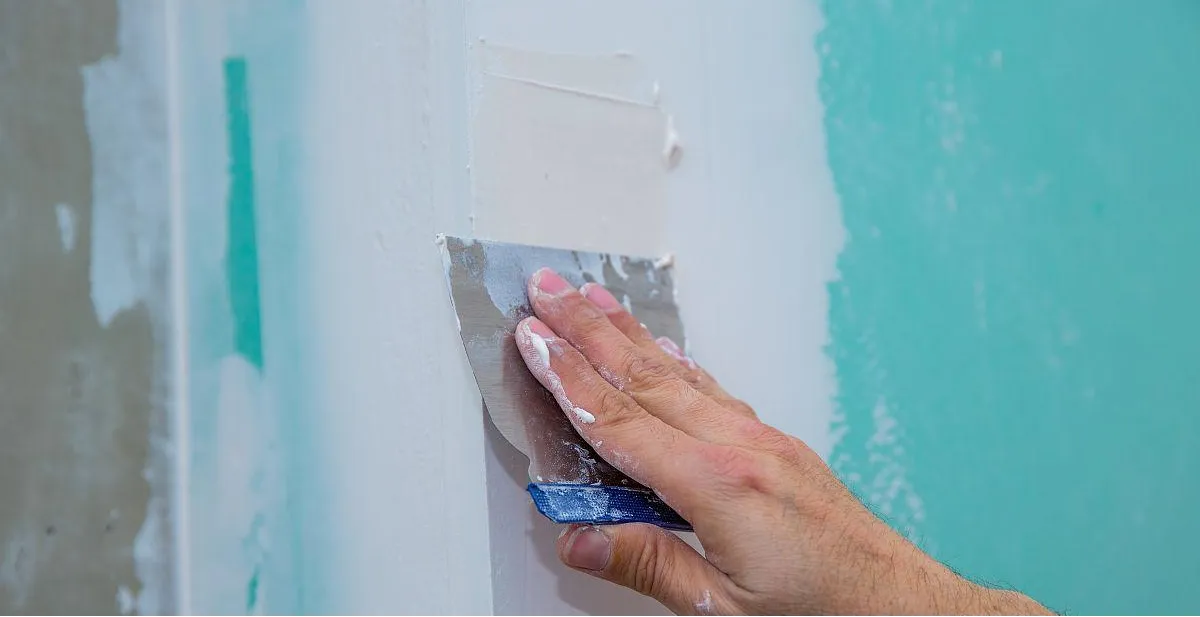
Choosing Between Accelerators and Retarders for Gypsum Applications
Setting the Pace — Accelerators vs. Retarders in Gypsum Plaster
The setting time of plaster is one of the most critical factors in construction and decorative work. Professionals carefully manage this time by using either accelerators or retarders to achieve desired results. When rapid hardening is required, a gypsum plaster accelerator is used to speed up the setting time, making it ideal for patch repairs, cold-weather applications, or tight project timelines.

Conversely, when longer working time is needed—such as for large wall areas or detailed decorative work—a retarder for plaster is added. Retarders slow down the setting process, allowing for more flexibility and higher-quality finishes.
One of the most common retarder in gypsum является cream of tartar plaster retarder. Known for its reliability and ease of use, this natural compound (potassium bitartrate) is especially popular in artistic and ornamental plasterwork. It effectively delays setting without compromising the integrity or finish of the plaster.
In professional-grade construction, manufacturers often turn to commercial solutions like USG gypsum plaster retarder, which provides consistent performance across a variety of gypsum products. Formulated for compatibility with USG's own gypsum plasters, it offers precise control over set times and is preferred for large-scale projects where reliability is key.
Whether you're working on a fast-paced repair job or a detailed ceiling medallion, knowing when to use a gypsum plaster accelerator or a retarder for plaster can make the difference between a flawless finish and a rushed result.

Product Selection and Application Best Practices
Choosing the right additive is about more than just slowing down or speeding up the setting process. It also involves considering the type of plaster, ambient temperature, application method, and desired finish.
A gypsum plaster accelerator is ideal when quick turnaround is needed. For example, in colder climates, gypsum naturally takes longer to set. An accelerator ensures the plaster cures in a reasonable time, maintaining productivity and reducing the risk of damage from moisture or movement before hardening.
Meanwhile, a retarder for plaster such as cream of tartar plaster retarder is best suited for environments where precision and aesthetic finish are priorities. This is especially true in hot or dry climates where plaster sets too quickly, leaving little time to smooth surfaces or correct imperfections.
The most common retarder in gypsum products tends to be natural acids like tartaric or citric acid, with cream of tartar standing out for its consistent and safe performance. For professionals, products like USG gypsum plaster retarder provide peace of mind due to their tested formulation and compatibility with a range of gypsum-based products.
Application Tip: Always follow the manufacturer’s recommended dosage. Overuse of either a gypsum plaster accelerator or retarder for plaster can result in inconsistent setting, weak bonding, or poor finish quality. A small test batch is advisable when using a new product or working under unfamiliar site conditions.
By understanding when and how to use these additives—whether it’s a fast-acting accelerator or a traditional cream of tartar plaster retarder—you can optimize your plaster’s workability, enhance the final appearance, and improve overall efficiency.

Five Product FAQs with Titles
FAQ 1: What is a gypsum plaster accelerator used for?
A gypsum plaster accelerator is used to shorten the setting time of plaster, making it ideal for cold-weather applications or time-sensitive jobs such as patch repairs and fast-track construction.
FAQ 2: Is cream of tartar a reliable retarder for plaster?
Yes, cream of tartar plaster retarder is a highly reliable and natural option. It slows the setting process, allowing more time for detailed finishing and reducing the risk of surface cracks or poor adhesion.
FAQ 3: What’s the difference between a retarder and an accelerator?
A retarder for plaster slows setting time to allow for better workability and smoother finishes, while an accelerator speeds it up to reduce curing time, especially in cooler climates or urgent tasks.
FAQ 4: What is the most common retarder in gypsum-based products?
The most common retarder in gypsum formulations is tartaric acid or its derivatives such as cream of tartar. These compounds are effective, safe, and easy to dose for consistent results.
FAQ 5: Why choose USG gypsum plaster retarder over generic brands?
USG gypsum plaster retarder is professionally formulated to work seamlessly with USG’s product range, offering reliable performance, precise set-time control, and ease of use in various applications.
-
Hydroxypropyl Starch as a Sustainable Construction AdditiveNewsNov.24,2025
-
The Gelation Properties of CMCNewsNov.21,2025
-
Redispersible Latex Powder and Water Retention CapacityNewsNov.21,2025
-
Dosage Control for Polycarboxylate Water ReducerNewsNov.21,2025
-
Film-Forming Properties of Polyvinyl AlcoholNewsNov.21,2025
-
The Function of Gypsum Additives in MortarNewsNov.21,2025





















